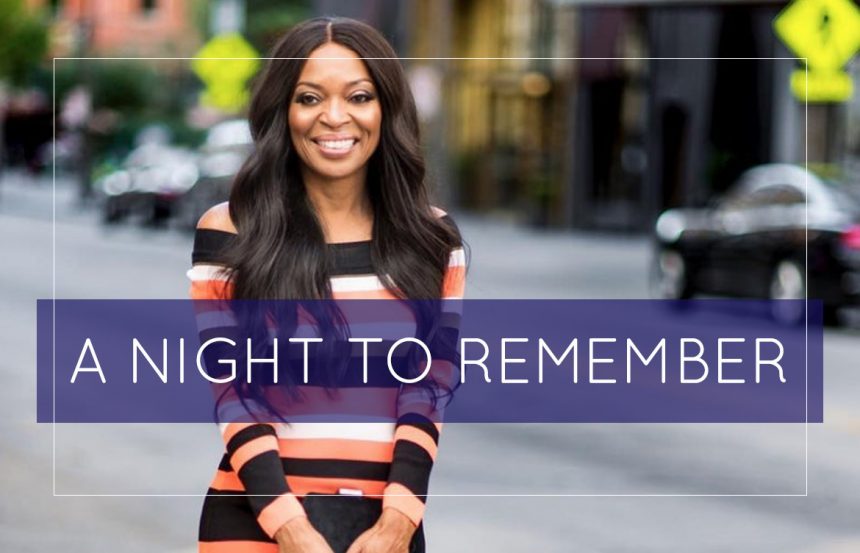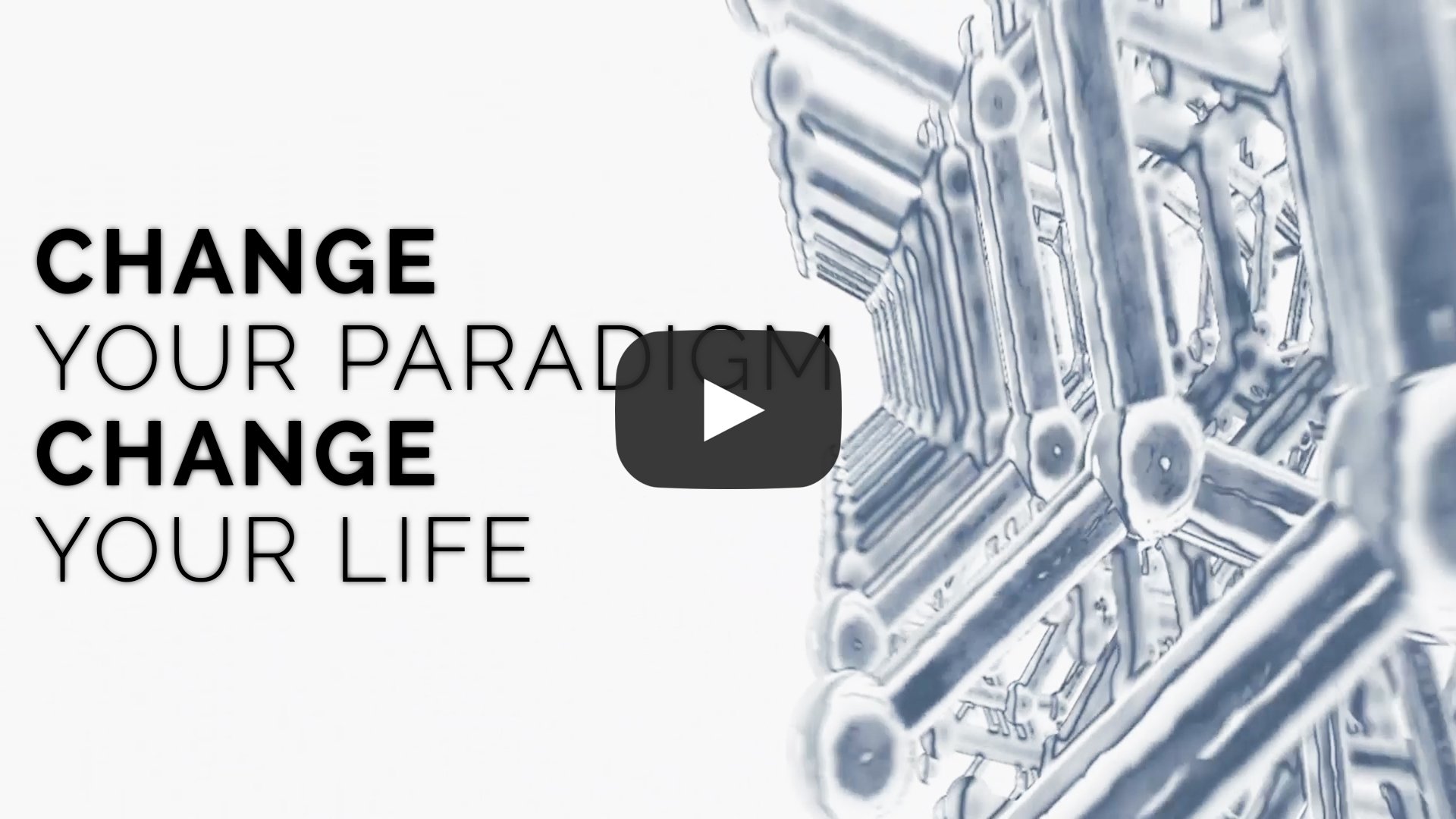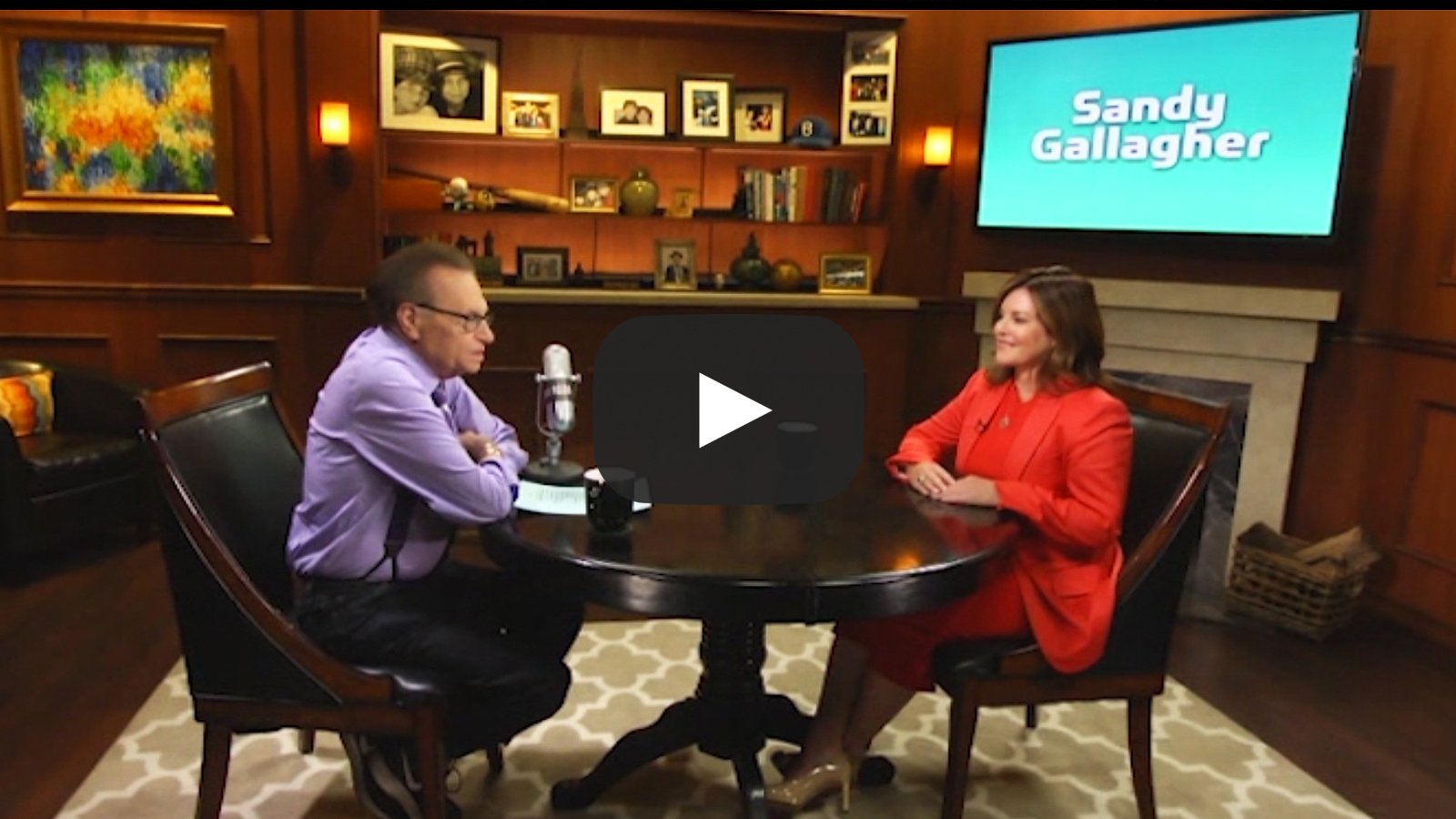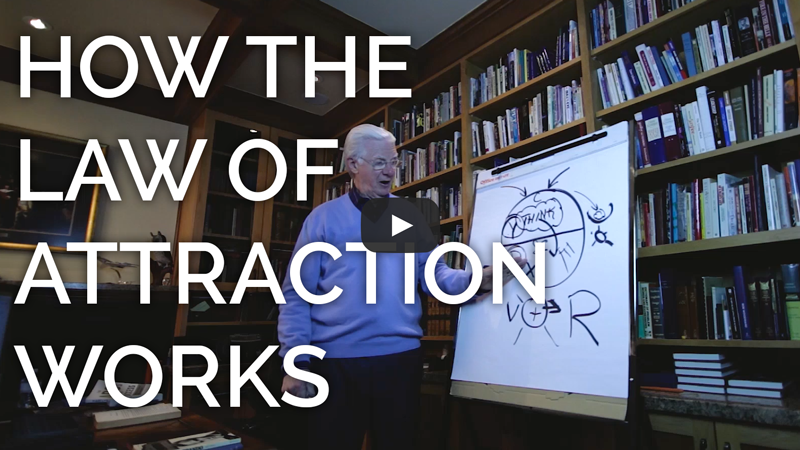
Nirvana and I were walking past a shop, and I was drawn to a provocative poster in the window of the actress Nastassja Kinski lying nude and intertwined with a Burmese python. I gazed at it for maybe five minutes, locked in on every component of its composition.
The proximity of the snake’s tongue to Kinski’s ear made me stick my baby finger in my left ear and wiggle free of the willies that had crawled in.
That’s when I noticed that a small crowd had gathered in front of another poster. One of the gazers asked the friend she was with, “Can you see it?”
Everyone was tilting his or her head from one side to the other, clearly trying to find the “right” position. Another person excitedly said, “I see it!” Then another said, “I’m in!”
I asked Nirvana, “What are they looking at?”
He explained that “hidden” in the 2-D poster of a Paris street scene was a detailed 3-D experience of the same scene. If you looked at the poster long enough, from the right perspective, the flat, 2-D image literally “popped” into an intricate 3-D image.
After I had spent a few minutes tilting my head from one side to the other, grumbling, he reassured me, “It’s there. Keep looking. I saw it.”
I returned to the poster with fierce focus . . . nothing. I moved closer, hoping that would help me see what some of the others could see. Nothing. I backed away from it . . . still nothing. I was determined to stand there looking at that poster FOREVER if I had to.
Then it happened. Suddenly, the 3-D world popped into view for a second or two, long enough for me to know that what the others were saying was true.
I planted my feet and looked at the poster again. I surrendered to the idea that seeing the image was possible without me knowing how to make it happen. As I studied it, I had no doubt about the intricate world that was hidden in that piece of paper. I knew it was real. I looked at the Paris scene, knowing it would become three-dimensional. And it did.
I don’t remember my drive home. I was inside the world of that 3-D poster, walking its streets past shops and turning down corners. I was mesmerized by how detailed the 3-D version of the poster was and how one minute it was there, and the next second it had vanished from view and become a simple flat poster again.
Each time I had lost sight of the 3-D perception, it took a while for me to find my way back in. But each reentry took less time, and I could see the 3-D scene longer.
Seeing the 3-D image was, in part, due to a shift in my perception of the poster. From the moment I heard other people talking about something I could not see, my perception of life in general widened. I believed in a world I couldn’t see. And I trusted my ability to enter it.
The more glimpses I caught of that 3-D world, the more I looked for it and expected to see it. I became so committed to the 3-D image that I could not look at the poster as I had before. I knew it did not represent the whole truth. It was limited.
Of course, this is a metaphor for spiritual awakening. Spiritual teachers throughout the ages tell us there’s a bigger reality behind the world we see and that our problems and challenges are a matter of perception. Shift our perception, and we can change our world.
I began to see my sacred torture – my oldest most challenging personal issue – like I saw the 2-D poster…present, but not the truth.
I realized that my sacred torture had conditioned me to see myself in a two-dimensional way. I had come to expect, and make room for, the fear or discomfort associated with it: feeling a certain anxiety, or queasiness in the stomach, or other stress somewhere else in my body. I was living my life trapped in a 2-D image of myself, constantly surviving the disquiet that my sacred torture caused, letting it dictate when and with whom I felt safe.
On that pier, I was introduced to the idea of my thriving Self that was inside me waiting to be seen. However, to get to know this Self, I would have to challenge my 2-D vision of my Self.
That night I put my sacred torture on notice that I was ready to believe in a reality greater than it. I began to look at the old torture, fully expecting it to transform. And from that point forward, I practiced my resolve over and over again. I made a pact with my Self that whenever I started to forget that I am more powerful than my challenges, something would happen to remind me . . . and something always has.
This made me feel like the universe was listening to me and had my back. I got into the habit of no longer seeing my challenges and fears as fixed “forever” states. When the habit of thinking in my old way surfaced, I would shake my head “no” and correct my thinking.
Over time I began to see my challenges as overindulged thoughts in need of discipline. I began to give those old challenges less attention. Instead, I allowed myself to contemplate freedom from any burden.
A therapist once told me when something is chasing us in a dream, we should stop, turn around, and look at what is pursuing us. This advice is counterintuitive to how we usually deal with threatening things. We run. But when we can stop and let all the feelings we are running from catch up to us, this bold action dissolves the scary picture, changes the perspective, and drains the power out of the things we run from.
Seeing the poster image change from 2-D to 3-D taught me that a shift in perspective regarding any issue is possible.
Your sacred torture is a lie. Dismantling it is possible. Deconstruction starts with being courageous and remembering who you are. Get to know your Self. Then stand in front of your burdens, centered in your Self, and tell your small surviving self the truth: I am bigger than your small idea of me. I expect freedom. I will stand here for as long as it takes.
Tina Lifford
Tina Lifford is the author of The Little Book of Big Lies: A Journey into Inner Fitness, and actress on the critically acclaimed television drama Queen Sugar on OWN: Oprah Winfrey Network. Visit her website at www.tinalifford.com.







